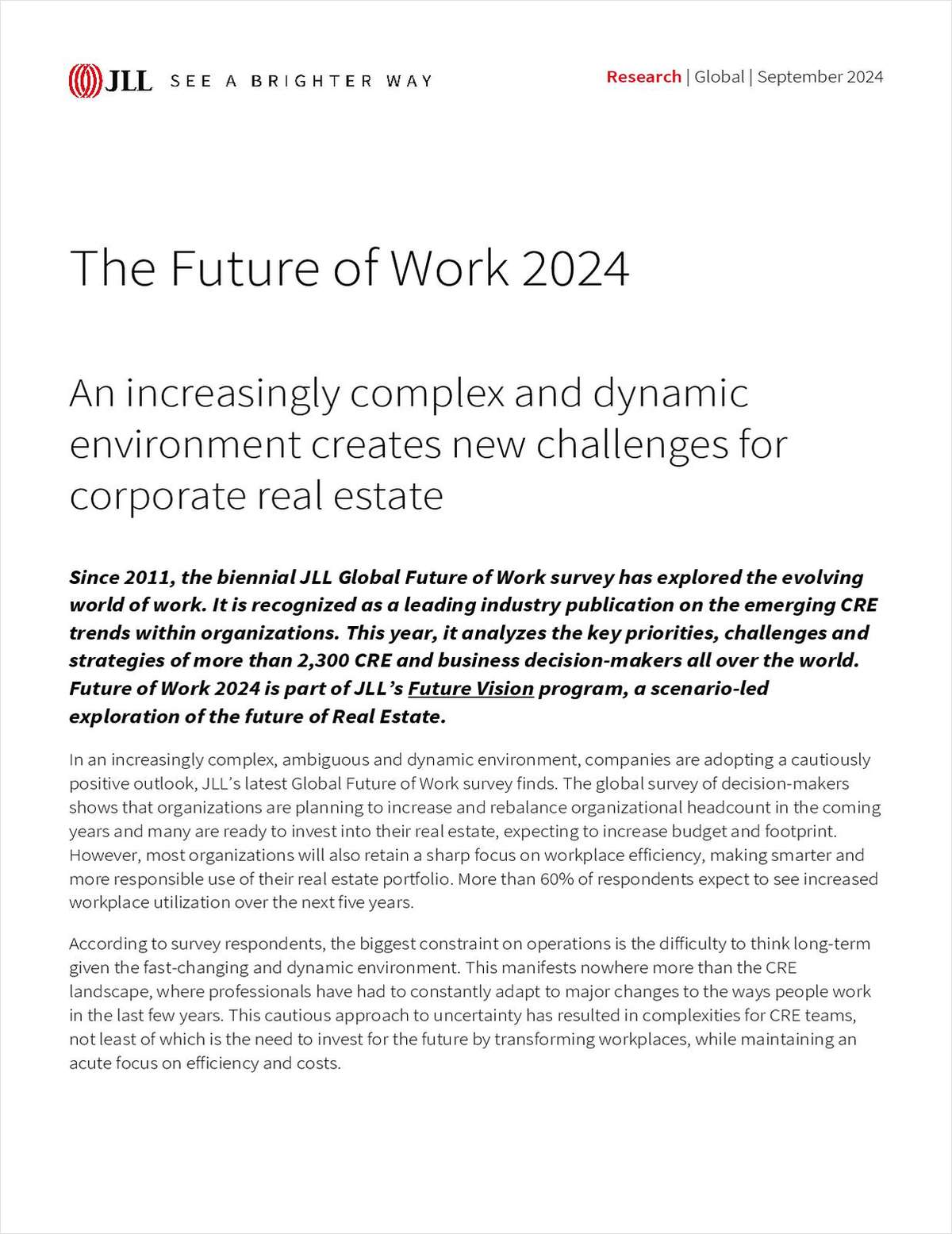NEW YORK CITY-After trending upward for three consecutive months between November 2009 and January of this year, the monthly Moody’s/REAL National All Property Type Aggregate Index followed a decline in February with another dip in March, according to a report released Monday. Neal Elkin, president of Real Estate Analytics, tells GlobeSt.com he’s “not at all surprised.”
Even as the market began to stabilize, “Given a lot of the conflicting pressures on pricing in the asset classes, our view has been that bouncing along the bottom would be the most likely scenario,” says Elkin, whose firm prepares the Commercial Property Price Indices for Moody’s using Real Capital Analytics data. “These types of gyrations–up a little bit, down a little bit, up a little bit—are consistent with that.”
With March’s index slipping 0.5%, following a 2.6% decline in February, commercial property prices are now down 24.9% from 12 months ago and 42.1% from their October 2007 peak. The quarterly indices for property types show retail declining the most in the first quarter, with a 4.7% drop. Office, which had been the best performing sector, dropped 3.2% in Q1.
The apartment and industrial sectors both saw gains during the quarter, rising 3.3% and 0.8%, respectively. However, on a year-over-year basis, apartment properties have had the second worst showing of the four major sectors, withstanding a 17.5% decline.
Elkin says the CPPI’s sub-indices, which measure quarterly pricing changes across regions as well as property types, fit in with the national results if you take the long view. “In looking at the sub-indices, there’s always a little more statistical noise,” he says. “So I tend to look at these on a longer timeline, because I feel that’s a little more accurate than period to period.”
For example, says Elkin, when measuring sector pricing in the top 10 MSAs, “over the course of a year you see a fairly narrow band of returns. Whereas the dispersion from quarter to quarter can be very high. Is it intuitive to think that the top markets can be down 15% to 20% while the national market is down 25%? Yes, I can believe that the primary markets would outperform the secondary and tertiary markets over the past year. We’re seeing things that make a lot of intuitive sense, which is encouraging.”
Elkin declines to provide a timeframe in which the industry can expect to see the monthly price fluctuations come to an end. “There are a lot of factors at play,” he says. “I don’t see the time element as the major driver of what direction this takes: whether prices rally or fall even further. Bigger drivers of that are regularity uncertainty, political uncertainty and macroeconomic factors. Those all weigh more heavily on investors’ decision-making.”
Further, Elkin notes there’s also the disparity in performance between healthy assets and distressed ones when it comes to pricing. The healthier properties are doing a far better job of holding onto their values, so it’s not merely a question of everything being down x percentage across the board, he says. “That has a significant impact when trying to determine fair price for sustained, stabilized assets.”
Want to continue reading?
Become a Free ALM Digital Reader.
Once you are an ALM Digital Member, you’ll receive:
- Breaking commercial real estate news and analysis, on-site and via our newsletters and custom alerts
- Educational webcasts, white papers, and ebooks from industry thought leaders
- Critical coverage of the property casualty insurance and financial advisory markets on our other ALM sites, PropertyCasualty360 and ThinkAdvisor
Already have an account? Sign In Now
*May exclude premium content© 2024 ALM Global, LLC, All Rights Reserved. Request academic re-use from www.copyright.com. All other uses, submit a request to [email protected]. For more information visit Asset & Logo Licensing.








